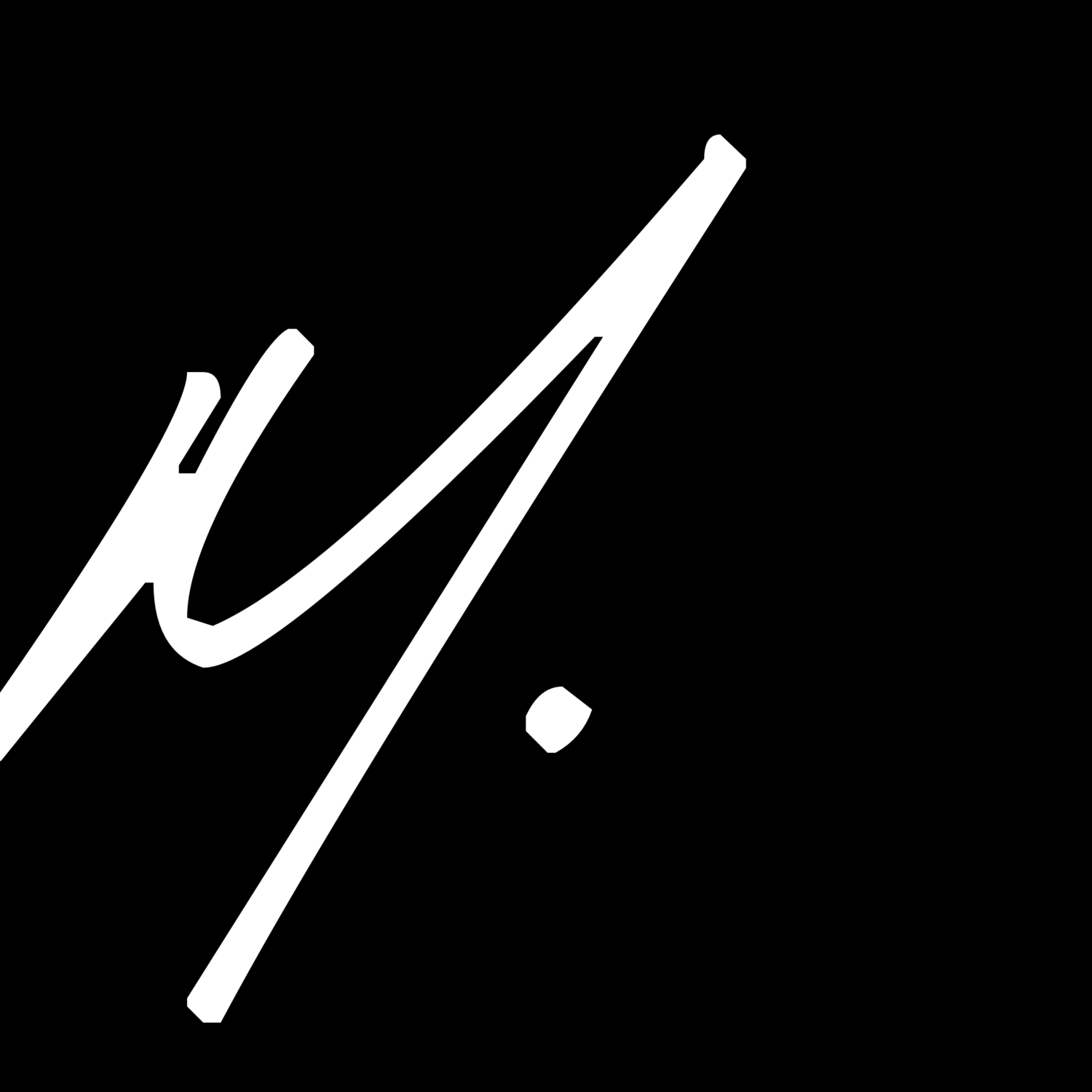The Evolution of Marketing: A Journey Through Decades and Pop Culture
Marketing has come a long way over the past century, adapting and evolving alongside changes in technology, consumer behavior, and popular culture. Through the decades marketing strategies and tactics have transformed to capture the hearts and minds of consumers, often influenced by the prevailing pop culture of the time.
1920s - The Roaring Twenties: Print Ads and the Birth of Branding
The 1920s marked the beginning of a new era, and marketing was quick to embrace it. Print advertisements became the primary medium for reaching consumers, as newspapers and magazines flourished. Brands started focusing on creating a unique identity through memorable slogans and visuals. Pop culture icons like flappers and jazz music influenced marketing campaigns, capturing the spirit of the Roaring Twenties.
1930s - The Great Depression: Radio and Emotional Appeals
During the challenging times of the Great Depression, marketing shifted its focus to emotional appeals and radio broadcasts. Brands realized the power of storytelling and connecting with consumers on an emotional level. Radio became a popular platform for reaching a broader audience, with soap operas and variety shows serving as opportunities for sponsored content. Marketers leveraged pop culture icons like Shirley Temple to endorse products.
1940s - World War II: Propaganda and Celebrity Endorsements
With World War II raging, marketing took a patriotic turn. Propaganda-style advertising aimed to evoke a sense of duty and support for the war effort. Celebrities were featured in campaigns to boost morale and encourage consumer spending. Pop culture icons like Betty Grable and Bing Crosby became brand ambassadors, and marketing campaigns often highlighted their involvement in the war or charitable initiatives.
1950s - Post-War Boom: Television and Suburban Dream
The rise of television in the 1950s revolutionized marketing. Brands shifted their focus to visual storytelling, creating ads that showcased the idealized suburban lifestyle. Popular culture, epitomized by shows like "I Love Lucy" and "Leave It to Beaver," heavily influenced marketing strategies. Advertisers tapped into the dreams and aspirations of consumers, promoting convenience, luxury, and the concept of the "American Dream."
1960s - Cultural Revolution: Counterculture and Creative Advertising
The 1960s witnessed a cultural revolution, and marketing underwent significant changes. Advertisements began reflecting the counterculture movement, embracing freedom, individuality, and social causes. Brands adopted a more creative approach, with iconic campaigns like Volkswagen's "Think Small" and Coca-Cola's "Hilltop" ad. Pop culture icons such as The Beatles and Bob Dylan inspired marketers to connect with the youth and tap into their rebellious spirit.
1970s - Disco Fever and Niche Marketing
The disco era of the 1970s brought a new wave of marketing strategies. Brands started targeting specific consumer segments through niche marketing. Advertisements mirrored the glitz and glamor of disco culture, showcasing vibrant colors, catchy jingles, and dance moves. Celebrities like Farrah Fawcett and John Travolta became marketing powerhouses, influencing fashion trends and product endorsements.
1980s - Materialism and Iconic Branding
The 1980s were synonymous with excess and materialism, and marketing capitalized on this trend. Iconic branding became prominent, with companies like Nike and Apple using powerful slogans and memorable logos. Pop culture icons like Michael Jackson and Madonna played significant roles in advertising campaigns, promoting products as status symbols. Television commercials became more elaborate, embracing the flashy aesthetic of the decade.
1990s - Digital Revolution and Globalization
The advent of the internet in the 1990s revolutionized marketing once again. Brands embraced digital platforms, opening up new avenues for reaching consumers. Email marketing, websites, and banner ads became essential tools. Pop culture phenomena like the rise of boy bands and the popularity of sitcoms like "Friends" influenced marketing campaigns, capturing the attention of the younger generation.
2000s - Digital Explosion and Social Media
The 2000s witnessed an explosion of digital technologies that transformed marketing strategies. The rise of the internet and the proliferation of social media platforms like MySpace, Facebook, and YouTube revolutionized the way brands connected with consumers. Marketers began leveraging targeted online advertising, search engine optimization, and email marketing to reach specific demographics. The influence of pop culture expanded with reality TV shows like "American Idol" and "Survivor," leading to product placements and brand integrations.
2010s - Mobile Dominance and Influencer Marketing
The 2010s marked the era of mobile dominance and the rise of smartphones. With the advent of platforms like Instagram, Snapchat, and Twitter, social media marketing became increasingly visual and interactive. Brands began collaborating with influencers and content creators, recognizing the power of personal recommendations and authentic connections. Viral marketing campaigns and challenges took center stage, fueled by the popularity of memes and online trends. Pop culture icons like Beyoncé and Kim Kardashian influenced consumer behavior and brand partnerships.
The evolution of marketing over the past 100 years is a testament to the dynamic nature of consumer culture and the influence of pop culture. From print ads and radio broadcasts to television commercials and digital marketing, each decade has left its unique mark on the advertising landscape. By adapting to the changing times and leveraging the power of popular culture, marketers continue to shape and respond to the desires and aspirations of consumers in their ongoing quest to captivate audiences.



